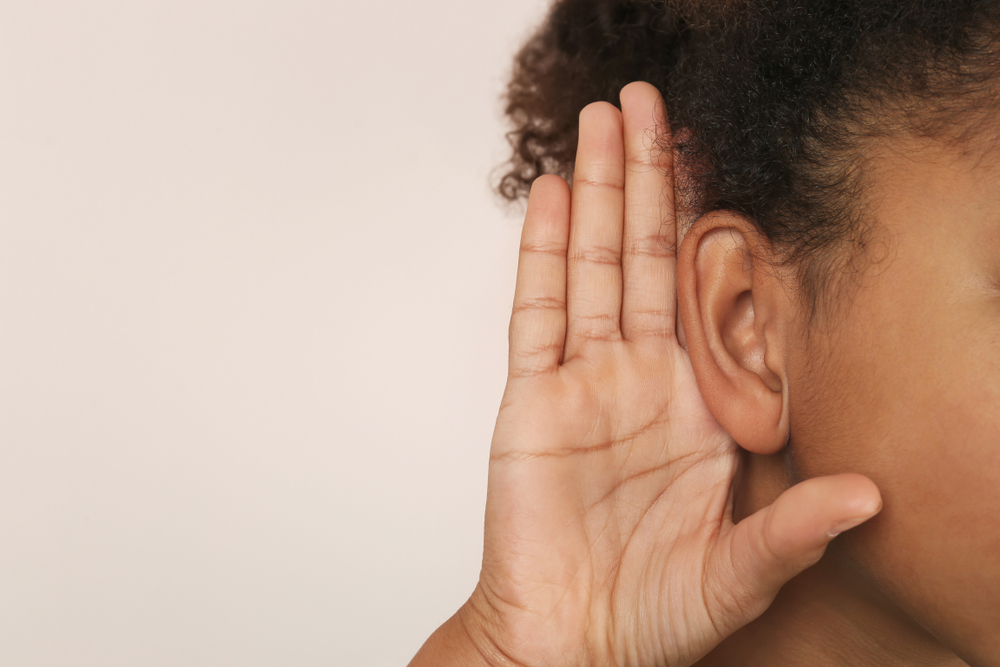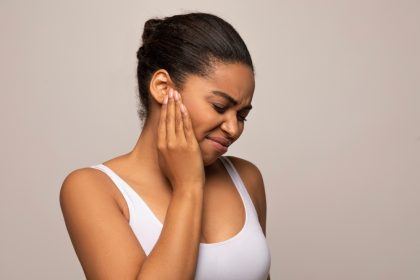Hearing aids are a transformative tool for millions of people around the world, providing the ability to engage fully in conversations, appreciate music and improve overall quality of life. Yet — despite their immense benefits — a surprising number of individuals with hearing loss either refuse to wear their devices or stop using them altogether. Whether it’s stigma or discomfort, understanding why people avoid wearing their hearing aids is critical to addressing these barriers. In this article, we’ll explore five reasons why people hesitate to use these life-enhancing devices and how we can help encourage their consistent use.
1. Social stigma and vanity concerns
Wearing hearing aids can make people feel like they’re being labeled as “old” or “disabled.” Unfortunately, the stigma associated with hearing loss still exists, and it can prevent individuals from wearing their devices, especially in social settings. People worry that others will notice their hearing aids and view them differently. For younger users, the idea of being seen as “too young” for hearing loss can lead to avoidance, as they fear being singled out for their condition.
This emotional barrier is often rooted in a fear of judgment or a deep-seated desire to avoid appearing vulnerable. The reality is that many modern hearing aids are discreet and can go unnoticed. However, the emotional weight of wearing them in public still makes many people feel self-conscious. The anxiety of standing out and being treated differently often outweighs the tangible benefits that hearing aids provide.
Changing perceptions:
It’s essential to shift societal views about hearing loss and hearing aids. By promoting inclusivity and understanding, we can begin to erase the shame and vanity concerns that come with wearing these devices. When more public figures and influencers open up about their experiences, it becomes easier for others to embrace the tools that enhance their lives without fear of stigma.
2. Discomfort and poor fit
Another common reason people avoid wearing hearing aids is discomfort. If the device doesn’t fit correctly, it can be painful to wear for extended periods. Additionally, improperly fitted hearing aids may cause feedback, making them more irritating than helpful. The sensation of something foreign in the ear can be difficult to get used to, and this initial discomfort can discourage consistent use.
Many users also report experiencing pressure in their ears, itching or even mild pain after long hours of wear. For individuals with sensitive skin or ear conditions, this problem can be exacerbated. As a result, some people may opt to leave their hearing aids at home or only wear them when absolutely necessary.
The importance of a proper fit:
Hearing aids — like eyeglasses — need to be fitted correctly. Regular checkups with an audiologist ensure that the devices are adjusted to provide maximum comfort. Modern technology has also made hearing aids much smaller and more adaptable, reducing discomfort over time.
3. Hearing aids make sounds feel overwhelming
Ironically, some people avoid wearing their hearing aids because they can make the world seem too loud. After years of living with hearing loss, individuals become accustomed to quieter surroundings. When they start using hearing aids, everyday sounds like traffic, chatter or even the rustling of clothes can feel overwhelming. This sudden increase in auditory input can be overwhelming and lead to sensory overload.
For some, the amplified sounds make it harder to concentrate or enjoy the activities they love. This adjustment period can cause frustration, leading people to stop wearing their devices altogether. It’s not uncommon for individuals to express discomfort with hearing too much, especially when they aren’t accustomed to hearing at that level of intensity.
The need for gradual adjustment:
New users should be counseled on the adjustment period required for their brains to adapt to amplified sounds. It’s crucial to ease into wearing hearing aids in quieter environments before moving to more challenging situations, like crowded places. Gradual use over time helps the brain acclimate, and many people eventually find the balance they need for more comfortable use.
4. Cost and maintenance challenges
Hearing aids can be a significant financial investment, and that’s just the beginning. Beyond the initial cost, people are often surprised by the ongoing maintenance expenses associated with hearing aids. Batteries need frequent replacement, and if the devices break or need adjustments, professional repairs can be costly. Many insurance policies do not fully cover hearing aids, leaving the burden on the user to cover these expenses.
The financial strain, combined with the perceived hassle of cleaning and maintaining the devices, can be enough to make people hesitant about wearing them consistently. Additionally, many users don’t know how to troubleshoot minor issues, leading to further frustration and avoidance.
Financial support and education:
It’s essential to inform users about the various financial assistance programs available for hearing aids. In addition, education on self-maintenance and troubleshooting can empower users to feel more confident about keeping their devices in good working condition.
5. Denial of hearing loss
For some individuals, avoiding their hearing aids stems from a deeper emotional issue: denial. Admitting that they need a hearing aid means accepting that they have a disability, and for many, this can be a hard pill to swallow. This denial can manifest as a reluctance to wear the devices, downplaying the severity of their hearing loss or blaming their inability to hear on other factors — such as background noise or poor acoustics.
The emotional weight of acknowledging hearing loss can be immense, especially for those who pride themselves on their independence or are used to being the caregivers in their families. Some individuals view their hearing loss as a personal failure or a sign of aging, making them resistant to using the devices that could help.
Encouraging acceptance:
Education is key to helping individuals come to terms with hearing loss. By reframing hearing aids as tools that enhance quality of life, rather than symbols of disability, we can encourage more people to embrace them as a normal part of aging or managing health conditions.
Overcoming the barriers to wearing hearing aids
It’s clear that many factors contribute to why people avoid wearing their hearing aids, ranging from social stigma and discomfort to denial and financial concerns. However, with the right support, education and encouragement, these barriers can be broken down.
Addressing these reasons on an emotional level can lead to more consistent use of hearing aids, helping people live fuller, more connected lives. With a little patience, understanding and awareness, we can ensure that those with hearing loss are empowered to use the technology available to them to the fullest extent. It’s time to change the conversation about hearing aids, recognizing their life-enhancing potential and encouraging more people to embrace them.
By acknowledging and addressing these concerns, we can take a step forward in making hearing aids a more acceptable and integrated part of people’s lives, without the fears that hold so many back.
This story was created using AI technology.










